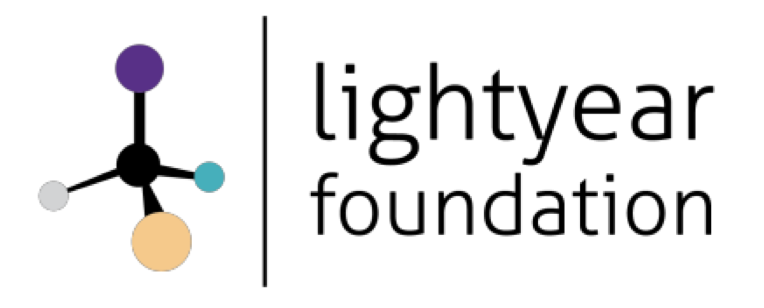Launching our new disabled physics Role Model programme
Did you have someone who you looked up to when you were young, who you considered a role model? Did their journey influence your career decisions? Now imagine that you have an idea of where you would like your life to take you, but you just don’t see anyone else like you taking that path.
A role model is usually someone who has broken down barriers to get where they are, no matter the perceived size or scale of their journey or achievements. Thinking specifically about role models in physics, they could be at any point in their career, from a first-year undergraduate student embarking on the beginning of their course to someone at the peak of their career. In order to identify someone as a role model, this also implies that they have a degree of visibility.
Many people have a role model that they follow for inspiration, particularly to find a direction for their careers. Unfortunately, when it comes to physics, a lot of young disabled people are discouraged from considering associated careers due to the lack of visible role models. Scientific institutions are often (and correctly) perceived as highly competitive in an environment that can seem unwelcoming and unaccommodating. This reputation contributes to the underrepresentation of disabled people within these disciplines.
One way of tackling this underrepresentation is to create opportunities for young people to envision themselves pursuing their interests in the subject. This is the motivation for the new Lightyear Foundation Physics Role Model programme, highlighting disabled physicists in wide-ranging roles across the sector, with very different disabilities and experiences. We want to celebrate diversity within STEM to help inspire disabled children to realise their potential. The evidence is clear that young people are much more likely to pursue their education and careers in STEM if they can see someone they identify with, who has gone there first and inspires them.
The Lightyear Foundation Physics Role Model programme, in partnership with Future First and the Planet Possibility Consortium, will profile the lives and careers of five disabled physicists, increasing their visibility so that they can be role models for the next generation. In these profiles, we will find out firsthand the inside scoop about working in physics, from their top tips for starting out on a physics career to their ambitions for the future.
On a personal note, I would like to explain how I think having more physics role models would have made a positive difference during my undergraduate and Ph.D. in physics. I have a physical disability, cerebral palsy, which means I have difficulty using a pen or laboratory equipment, and walking unaided. There were many times when I felt completely isolated in facing the challenges that I encountered in my studies, thinking that no one had come before me and I had to find all the answers for myself. To give an example, I had to find a way of performing laboratory work in exams without being able to operate any of the equipment myself but instead instructing an assistant. I had already been working like this during class but my teachers and I understood that to prove to the exam board that the experiment was entirely my work there couldn’t be any actions that the assistant carried out automatically. In other words, my verbal instructions had to be incredibly detailed. A small complication with this is that I was having to describe things that I had never physically done with my own hands. To get around this, my assistant and I met outside school hours to practise how I was going to dictate my practical exam. I'm happy to say that all the after-school practice paid off with very good marks on that exam. Unfortunately, the situation was slightly different when it came to my chemistry practicals in that my teacher tried to argue that because I couldn’t physically handle test tubes I should be awarded zero marks. As I did not know of anyone who had been in a similar situation I felt very alone when I was arguing with him that what he was doing was disability discrimination and would have prevented me from achieving the grades I required for university. Eventually, I managed to convince him that the examiners were testing to see if people understood what to do with the test tubes that they picked up, which I could demonstrate, and not that they had the manual dexterity to pick up a test tube themselves.
It is situations like this that add to the barriers that disabled people already have in accessing education in science. However, If people can easily see people in science who have similar conditions to them, they can take inspiration from the solutions that they found were helpful. As a consequence, the scale of the barriers that disabled people face in physics is reduced and access is increased.
If you’d like to be part of this project as a disabled physics role model, please contact me at claire@lightyearfoundation.org. Later this year, you will be able to find all the interviews on our website and social channels, and on the Future First and Planet Possibility websites and social media too.
After all, you can’t be what you can’t see!
Dr Claire Malone
Lightyear Foundation STEM Lead
